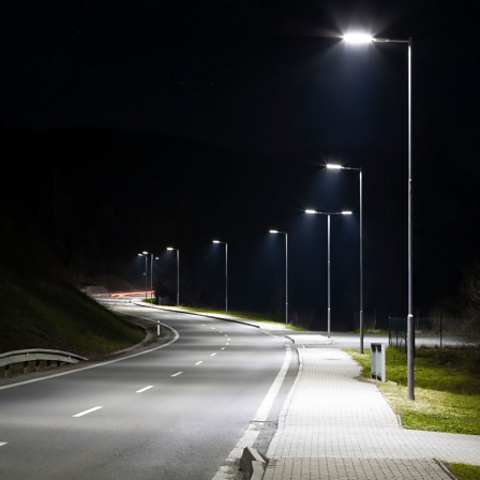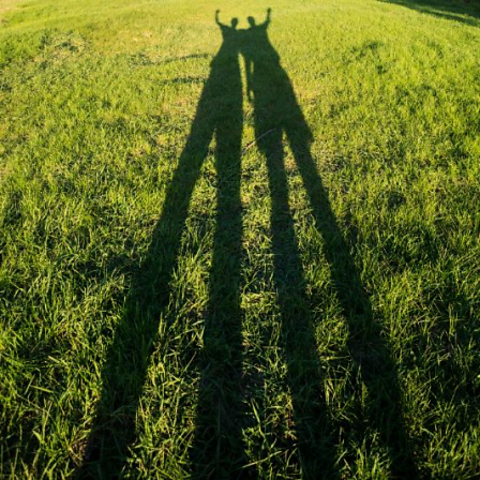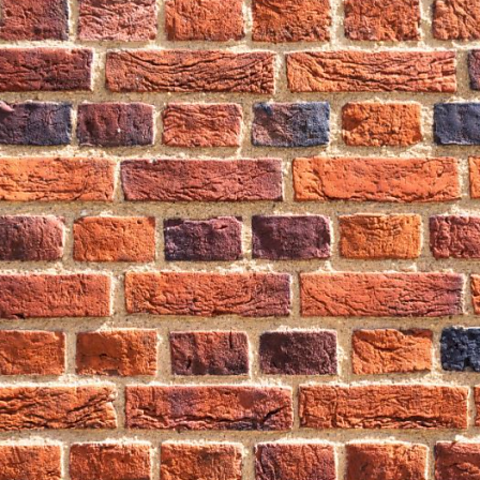
Light is something we use and need every day. It is a form of energy that allows us to see all around us!
Lots of different sources produce light.
Earth's main source of natural light is the Sun.
At night, moonlight is created by the moon reflecting the Sun's light.
This allows us to see at night, although not as easily as during the day.
Light can also be produced by stars, fires, light bulbs, torches, street lights, glowsticks, candles, lasers and even blue light from smartphones.


What are shadows?
Light rays travel in straight lines. Light cannot bend around opaque objects in their way. Shadows are created when an object blocks light from the Sun or another light source.
When the light can't pass through the object, it makes a dark spot on the ground or wall behind it, which is the shadow.
You can see your shadow when the Sun is shining and you stand in front of it. The closer you are to the source of light, the larger your shadow will be.
If you move around, your shadow will also move with you. Shadows are a bit like a picture of where the light can't go because something is in the way.


Materials and shadows
Opaque or translucent materials can produce shadows.
Opaque materials, like a brick or a toy, completely block light and create a shadow on the opposite side of where the light is coming from.
Shadow puppets, made of cardboard or paper, are another example of materials that can produce shadows when held in front of a light source.
Translucent materials, such as tissue paper or a stained glass window, allow some light to pass through but still create a shadow because they partially block the light.
To make a darker shadow, an object has to be opaque.

Shadow sizes
The size of a shadow can change depending on a few things.
Firstly, it can change depending on how far the object and the light source are from each other.
The further away from the light source an object is, the smaller the shadow will be. This is because the object blocks less of the light.
Secondly, the size of a shadow also changes depending on the angle of the light. The shadow will be smaller if a light source is directly above an object.
But if the light hits the object at an angle, the shadow will be longer and will change shape. Let's think about a real-life example of shadows changing size.

When the Sun is low in the morning or evening, shadows can be much longer and stretched out than in the middle of the day when the Sun is directly overhead.
More on Sound and light
Find out more by working through a topic
- count2 of 7

- count3 of 7

- count4 of 7

- count5 of 7
